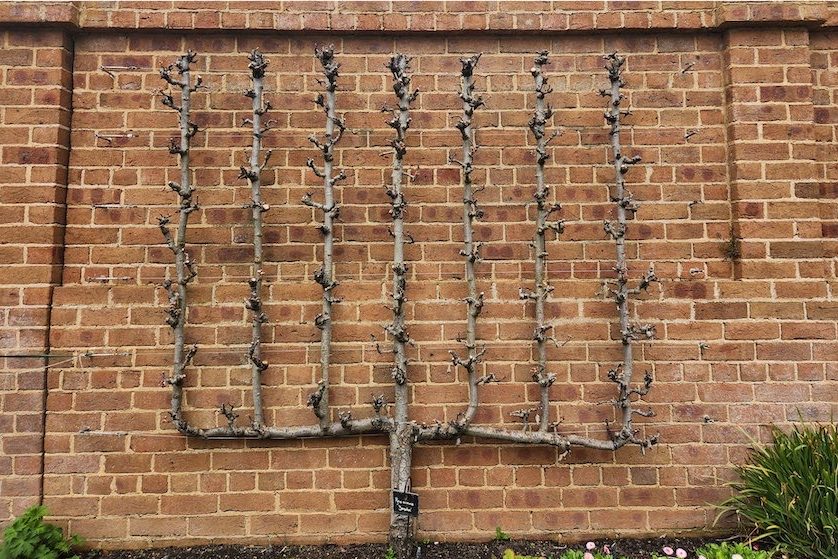
Gardening writer JACKIE WARBURTON is talking trees this week, especially on that puts on a beautiful display of peeling bark at this time of the year.
There are many feature trees with decorative bark that come to mind, such as the native paperbark, the Melaleuca quinquenervia, or the ever popular crepe myrtle (Lagerstroemia indica).

But it’s the Greek Strawberry Tree (Arbutus andrachne) that surpasses all these in beauty and, at this time of year, its cinnamon bark peels and flakes away to reveal striking contrasting colours on the trunk.
It flowers in spring and right through to summer with bell-shaped, cream-coloured clusters of flowers and grape-size edible fruit (but I’m told it’s not very palatable).
Nevertheless, the fruit can be used for jams and marmalades.
The Greek Strawberry Tree has similar growth as the Irish Strawberry Tree (Arbutus unedo), which is more popular in our region and a slightly smaller compact small tree that can also be used as a hedge planting.
Either of these Arbutus trees are drought hardy and tough enough to survive our hot summers and cold winters.
The Greek Strawberry Tree has a gnarly, irregular branching habit and can be a feature in itself in a large garden, but you will need to plan where you want to grow it as it needs space to ensure branches with dropping fruit don’t overhang paths in pedestrian areas.
It grows to at least eight metres tall with dark-green, evergreen leaves and is slow growing. Like other plants of the Ericaceae family, they like lots of organic matter and are shallow rooted. Mulching in the warmer weather will keep them from drying out.
The soil needs to be acidic and have a pH of around 6-7 for the tree to grow well. It can be grown with other acid-loving plants such as azaleas, rhododendrons and maples.

IF you have acidic soils and are looking for natives to grow, then the Port Jackson Heath (Epacris purpurascens) can be grown successfully in our climate. It’s also from the Ericaceae family and likes the same soil conditions as the strawberry trees. It copes well with colder conditions and moist soils in winter. It can grow up to 1.5 metres.
This erect shrub has striking dark, evergreen leaves that are sharply pointed with flowering at the tips of the branches. It flowers late winter to early spring and the dainty, soft-pink flowers are attractive to nectar-feeding birds and a pollinator to native bees and wasps.
Originally from the Blue Mountains, the Port Jackson Heath is a must for all native gardens and can be easily propagated via stem cuttings. Its roots are sensitive to disturbance, so propagating into biodegradable, single small pots increases the success when it comes to transplanting them to bigger pots or into the ground.
KEEP the vegetable patch weed free and mulched with sugar cane mulch or compost for a winter rest. Pick up fallen fruit from the ground and place it in the green bin (not compost bins) to prevent rats and possums getting to them.
Jottings
- Prune old woody canes from summer-fruiting berries to the ground.
- Keep seaweed solution up to cyclamens and winter-flowering annuals.
- Plant more broad beans to increase nitrogen to the soil.
- Sprinkle manures on fallow garden beds and water well.
Who can be trusted?
In a world of spin and confusion, there’s never been a more important time to support independent journalism in Canberra.
If you trust our work online and want to enforce the power of independent voices, I invite you to make a small contribution.
Every dollar of support is invested back into our journalism to help keep citynews.com.au strong and free.
Thank you,
Ian Meikle, editor





Leave a Reply